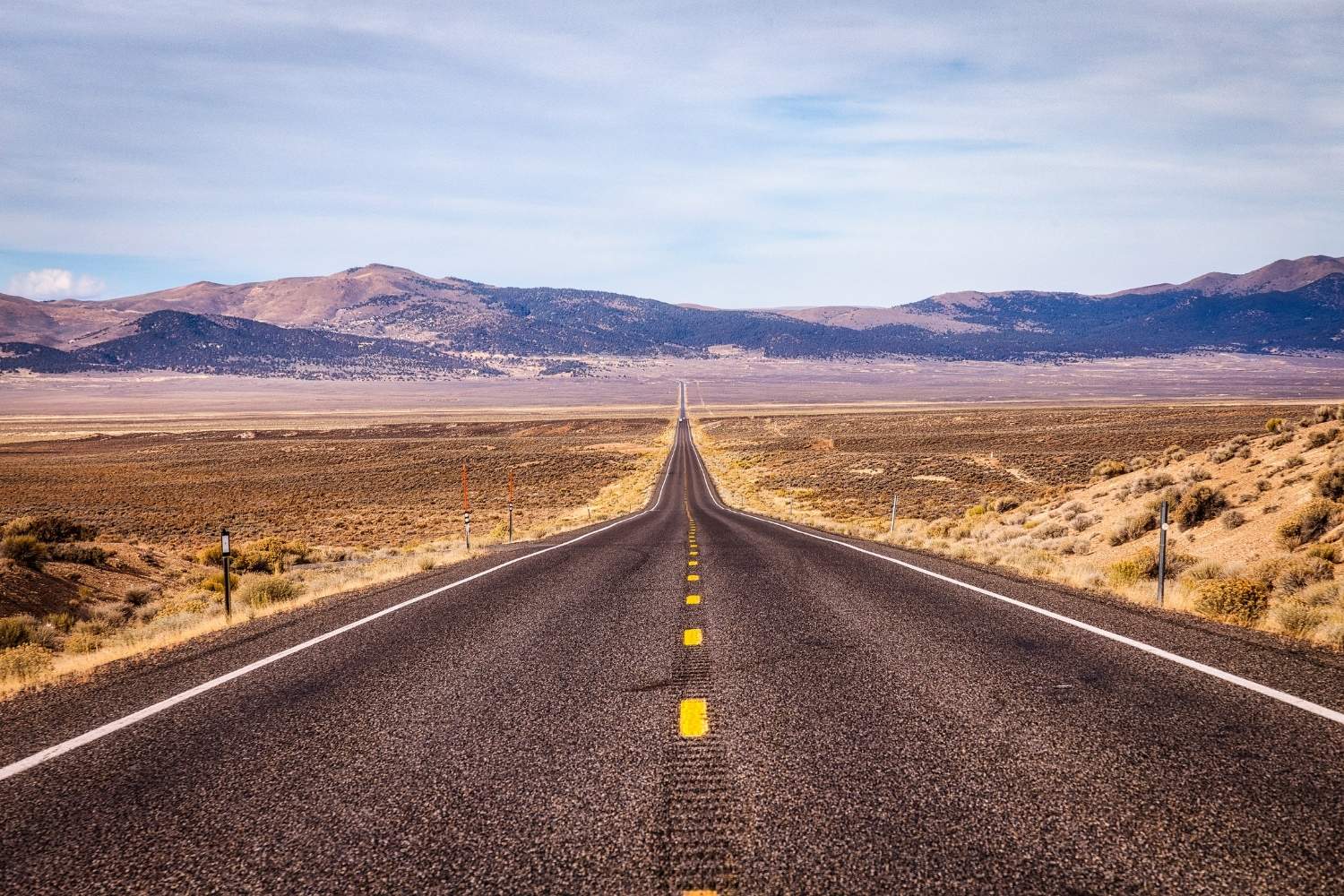America’s Forgotten Border Crossing Stations

Have you ever wondered about the history behind America's forgotten border crossing stations? These hidden gems tell stories of a time when travel was simpler, yet full of intrigue. Many of these stations, now abandoned, once buzzed with activity as people crossed between the United States and its neighbors. Some served as vital checkpoints during significant historical events, while others quietly facilitated everyday travel. Exploring these forgotten places can offer a unique glimpse into the past, revealing how borders and travel have evolved over the years. Ready to learn more about these fascinating relics of history? Let's dive in!
America's Forgotten Border Crossing Stations
America's border crossing stations have a rich history, often overlooked. These stations tell stories of migration, trade, and cultural exchange. Let's explore some of these forgotten gems.
1. Naco, Arizona
Naco, Arizona, sits quietly on the border with Mexico. This small town has a crossing station that dates back to the early 20th century. It played a significant role during Prohibition, with smugglers frequently crossing here.
2. Derby Line, Vermont
Derby Line, Vermont, is unique. The border cuts right through the town, even splitting buildings in half. The Haskell Free Library and Opera House straddle the border, with one half in the U.S. and the other in Canada.
3. Del Rio, Texas
Del Rio, Texas, has a crossing station that saw significant activity during the Mexican Revolution. Refugees and revolutionaries alike crossed here, making it a hotspot for historical events.
4. Portal, North Dakota
Portal, North Dakota, is a small town with a big history. Its crossing station was crucial during the early 1900s for trade between the U.S. and Canada. The town's name reflects its role as a gateway.
5. San Ysidro, California
San Ysidro, California, is now one of the busiest border crossings, but it wasn't always this way. In its early days, it was a quiet station that saw the beginnings of the bustling trade route it is today.
6. Laredo, Texas
Laredo, Texas, has a rich history as a border crossing. It was a key point during the Mexican-American War and has grown into one of the most important trade hubs between the U.S. and Mexico.
7. Nogales, Arizona
Nogales, Arizona, shares its name with its sister city in Mexico. This crossing station has seen everything from cattle drives to modern-day trade, making it a vital link between the two countries.
8. Blaine, Washington
Blaine, Washington, is home to the Peace Arch, symbolizing the long-standing friendship between the U.S. and Canada. Its crossing station has been a witness to this relationship for over a century.
9. Brownsville, Texas
Brownsville, Texas, has a crossing station with a storied past. It played a role in the Texas Revolution and later became a key point for trade and migration.
10. Calexico, California
Calexico, California, is a blend of cultures, reflected in its name. The crossing station here has facilitated the exchange of goods and people for decades, shaping the town's unique identity.
Preserving History
America's forgotten border crossing stations hold rich stories of the past. These sites, once bustling with activity, now stand as silent witnesses to history. Visiting these locations offers a unique glimpse into the nation's past, highlighting the evolution of border security and international relations.
Exploring these stations can be a rewarding experience for history buffs and curious travelers alike. They provide a tangible connection to the past, reminding us of the ever-changing nature of borders and the people who crossed them.
Preserving these historical sites is crucial. They serve as educational resources, helping future generations understand the complexities of border history. By maintaining and visiting these forgotten stations, we honor the legacy of those who came before us and ensure their stories are not lost to time.

